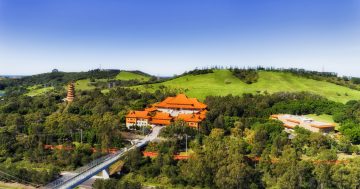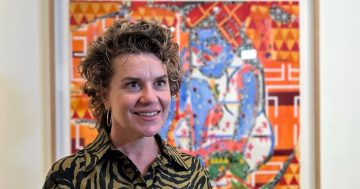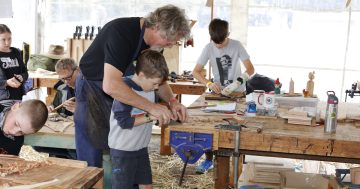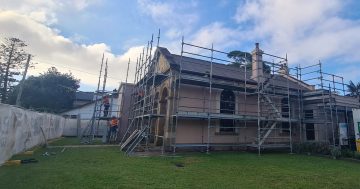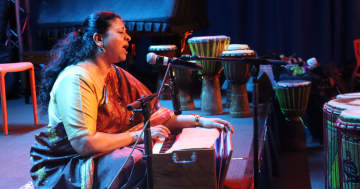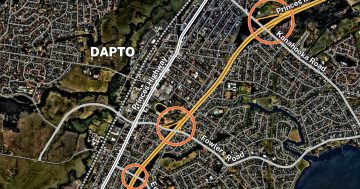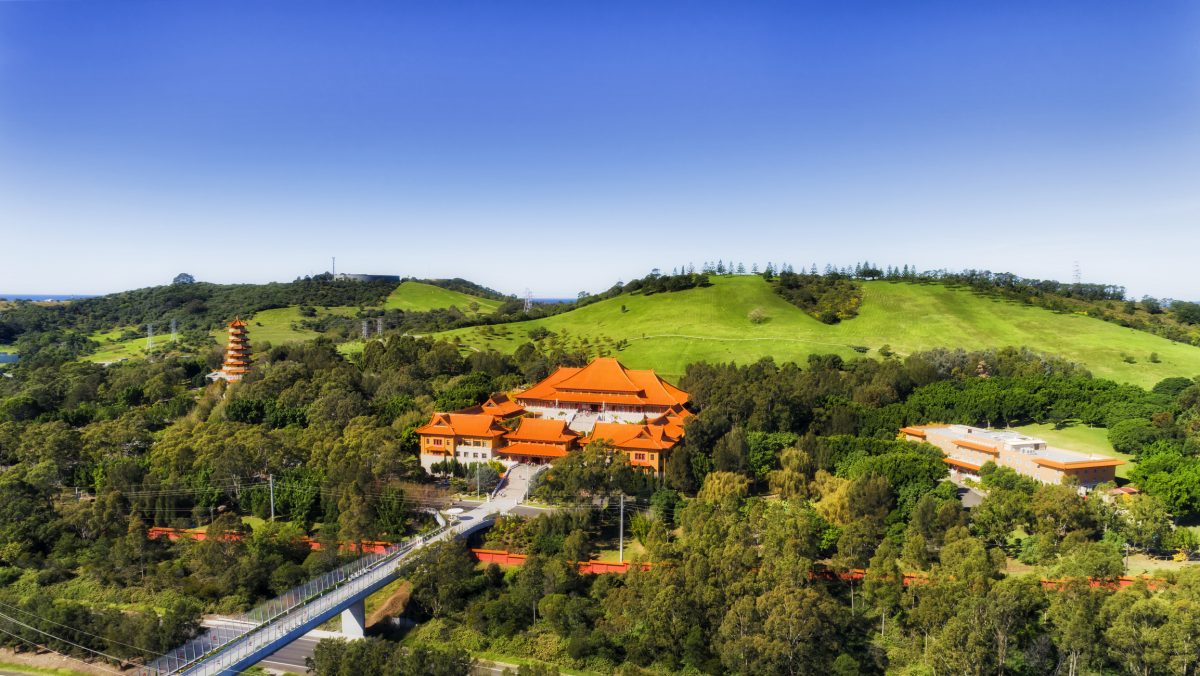
Berkeley’s Nan Tien Temple may be added to the NSW Heritage Register. Photo: File.
Nan Tien Temple at Berkeley is being considered for inclusion on the State Heritage Register as an “outstanding example of Buddhist architecture and landscaping”.
The NSW Heritage Council is asking for submissions from the public on the potential listing, which would acknowledge the Temple’s heritage significance.
A Heritage Council spokesperson said an internal Heritage NSW review in 2018 identified the Temple as an item likely of state heritage significance.
“Nan Tien Temple was then invited by Heritage NSW to submit a nomination to list on the State Heritage Register, which was submitted in 2019,” the spokesperson said.
“Its temple, Pagoda buildings and structures, with its surrounding landscape designed for reflection and meditation, are evidence of the growth of Buddhism in late 20th century Australia.
“Nan Tien Temple may be of state heritage significance as an outstanding example of Buddhist architecture and landscaping.”
If the listing is approved, Nan Tien would join other local sites on the register including Glenniffer Brae at Keiraville, the Regent Theatre in Wollongong, Bass Point Reserve at Shell Cove and the Kiama Post Office.
Heritage listing recognises and protects places and objects and provides guidelines on approvals needed to make any future alterations.
An item nominated for heritage listing must meet at least two of seven criteria set by the Heritage Council.
The State Heritage Register Committee will review the nomination and any public submissions and forward its recommendations to the Heritage Minister Penny Sharpe.
Nan Tien Temple is built on 22 ha of land and modelled on T’ang Dynasty and Chinese Imperial Palace architectural styles. It consists of three main structures, the Main and Front Shrine, a seven tier, eight-storey Pagoda and the Pilgrim Lodge, surrounded by extensive landscaped gardens.
When viewed aerially, the area is designed to represent a seated Buddha in meditation, with the Main Shrine as his head, surrounding buildings as his arms and the Courtyard as his lap.
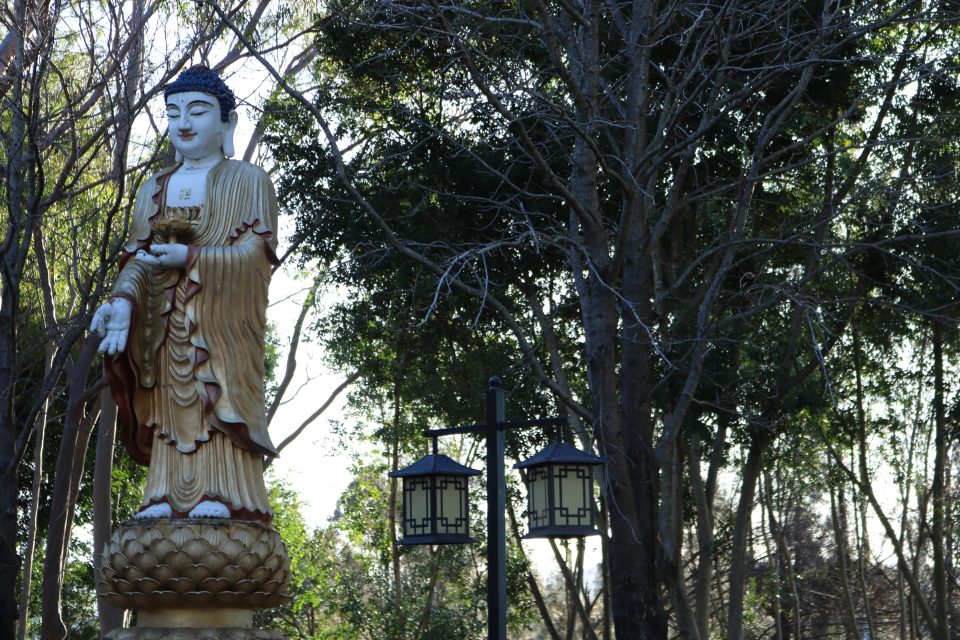

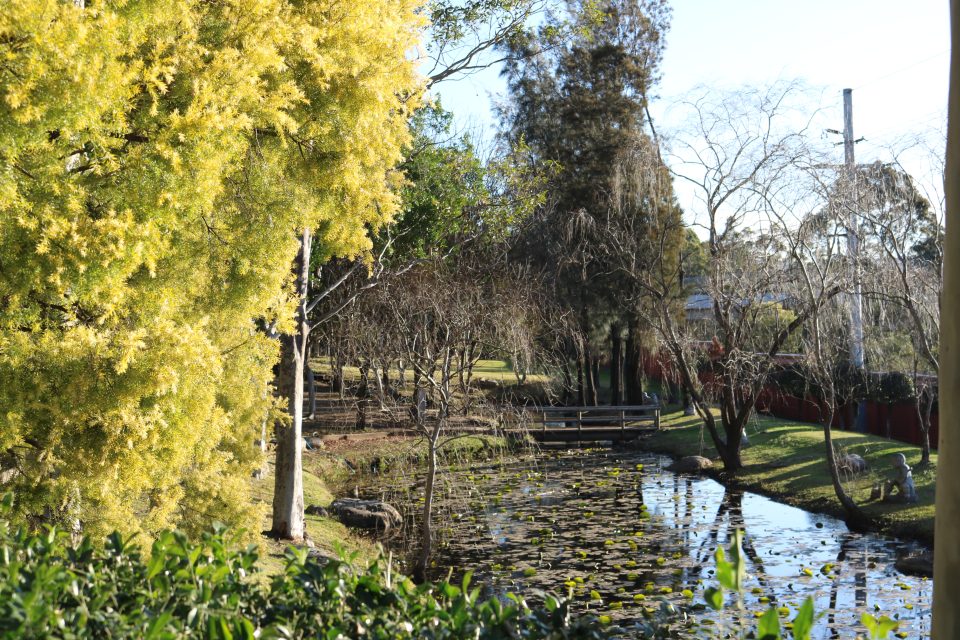
Its history dates back to 1989, when the then Wollongong lord mayor Frank Arkell held discussions with the Fo Guang Shan Buddhist Order to build a Buddhist monastery in Australia. The Fo Guang Shan founder, Venerable Master Hsing Yun visited the proposed Flagstaff Hill site at Berkeley and observed that the site was an “auspicious location”.
Other local governments in Sydney and Brisbane had offered free land for building the temple, but Hsing Yun regarded Wollongong’s elevated position most suitable for its fengshui and spatial structure.
A year later, Wollongong City Council donated 26 acres of land for 100 years, with a nominal annual rental fee of $1.
“At the time, Wollongong was not considered an obvious location for a Buddhist temple of such a large scale,” the nomination for heritage listing said.
“It was a city of 210,000 people and home to only 800 Buddhists. It was a major industrial centre with ‘a legacy of heavy industry, smokestacks and pollution, rather than as a place of pilgrimage’.
“However, it was significant that Nan Tien Temple was to be located in Berkeley, a largely Anglo-Celt suburb in Wollongong, and is evidence of changing attitudes towards non-Christian faiths, migration and tourism more broadly in Australia.”
The site for the Temple was a former landfill site. A ground-breaking was held on 28 November 1992 to mark the start of work and construction of the Main Shrine, Temple and Pagoda was completed in 1995 at a cost of $50 million, most of which was donated by Fo Guang Shan members in Taiwan. At the time of its building, it was the largest Buddhist temple in the southern hemisphere.
The Nan Tien Institute was launched in 2011 originally within the grounds of the Nan Tien Temple complex and later moved to a new location directly opposite, across the M1 Princes Motorway. It was Australia’s first government accredited tertiary education provider based on Buddhist values.
For details on the nomination and how you can comment, visit the NSW Heritage Council by clicking here. Submissions close on 5 September.


